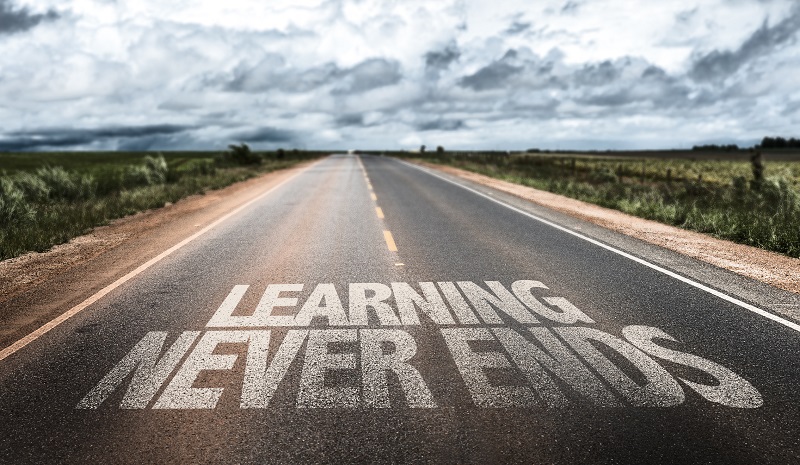If you’re looking for a job, you’ve probably been working on your resume, unless you’ve made a choice to ask for professional resume writing help. Otherwise, you can look for resume writing tips that can be extremely useful, however sometimes it’s hard to craft a well-structured and customized CV when you don’t have any specific examples.
In this article we will consider a part of the Education section, dedicated to courses and certifications; you will get answers to such questions:
- What type of certifications worth to be mentioned in your resume?
- Where to put certifications on resume?
- What credentials need to be specified when listing certifications?

Certification vs Training vs Online course
First of all, it’s important to mention that whatever you’re going to list in your Certification section, it must be relevant to the position. If you took photography courses, there’s no need to mention them if you’re applying for the position of train driver (you can add photography as one of your hobbies, however, it still must be related to the position and highlight your soft skills).
Next, let’s talk about the difference between certification, training and an online course.
Certification
Certification is a document that proves you’ve gained a specific skill and is issued by an accredited organization. When adding a certification to a relevant section of your resume, specify the name of the organization and the name of the document.
Good example:
First Aid certification, Red Cross
Bad example:
Best Worker of the Year Certificate, Company ABC
Remember, valid certifications are issued by a third party, which has relevant license, not by a regular business organization.
Trainings
Trainings can be conducted by an expert or a couch; however they are not as fundamental as certifications. The scope of information you receive at trainings is less wide than if you were certified in a certain field. Same goes for seminars and workshops.
Online courses
Online courses are pretty popular nowadays. Studying online makes it possible to choose a convenient time and place for learning, plus shy people and introverts find it easier to take online courses than to be physically present at the classroom. Thus, if you decided to go for online courses make sure the organization is licensed to issue certifications. For example, free online certifications or Udemy certificate won’t add too much value to your professional background unlike one from the Google certifications list.
Good example:
CPR certification
Bad example:
Java Script for dummies
Here’s a list of certifications you can get online to improve your skills and qualification:
- PMP Certification – certification for project managers
- ESL Certifications – certification in English
- A+ certification – certification in IT field
- ServSafe certified – certification in Gastronomy
- CPR certification – emergency help certification by the American Red Cross
- FEMA certification - Emergency Management certification
If you’re ready to go offline and interested in IT certifications you can consider becoming Microsoft Office Specialist and get MOS certification or choose other courses from Microsoft certification list.

Where to put professional licenses or certificates
There are several sections in your resume where you can put your licenses and certifications. Let’s assume you’re looking for a lifeguard position and the certification you possess is mentioned in the job description. Use it as your main benefit and specify it in the Summery (Objective) section.
Good example:
A dedicated professional with 4+ years of experience in ensuring safety during entertainment events. Able to handle stress and remain calm in extraordinary situations, highly skilled in the application of rescue techniques. CPR Certified.
Bad example:
A certified lifeguard is looking for a prospective position. Familiar with safety regulations and guidelines, able to react quickly in extraordinary situations and follow both written and oral instructions.
Another way to list your certifications is to add them to the resume certification section right after your education; list your certifications and licenses the reverse-chronological order.
How to put certifications on resume
Once you’ve defined what type of certifications to specify in your resume in order to stand out, it’s important to stick to a certain format and specify the following information:
- Name of Certification
- Name of Certifying Center or Authority
- Date of Obtainment
- Location (Optional)
Good example:
Adobe Illustrator CC 2015 Certification, Adobe, 2017
Bad example:
Adobe Illustrator Certification
Remember, if you took any additional courses related to the position you’re applying for – it’s always a big plus, however professional certification is more valuable than, for example, Lynda certificate.
Despite that, a resume with certifications shows a recruiter that its owner is constantly striving for improvement and self-development, which are considered to be the key soft skills for any position. Plus, additional education is a heavy reason for an employment gap (if you have one) or a great benefit if you’re applying for an entry level position and submitting a resume with no work experience.